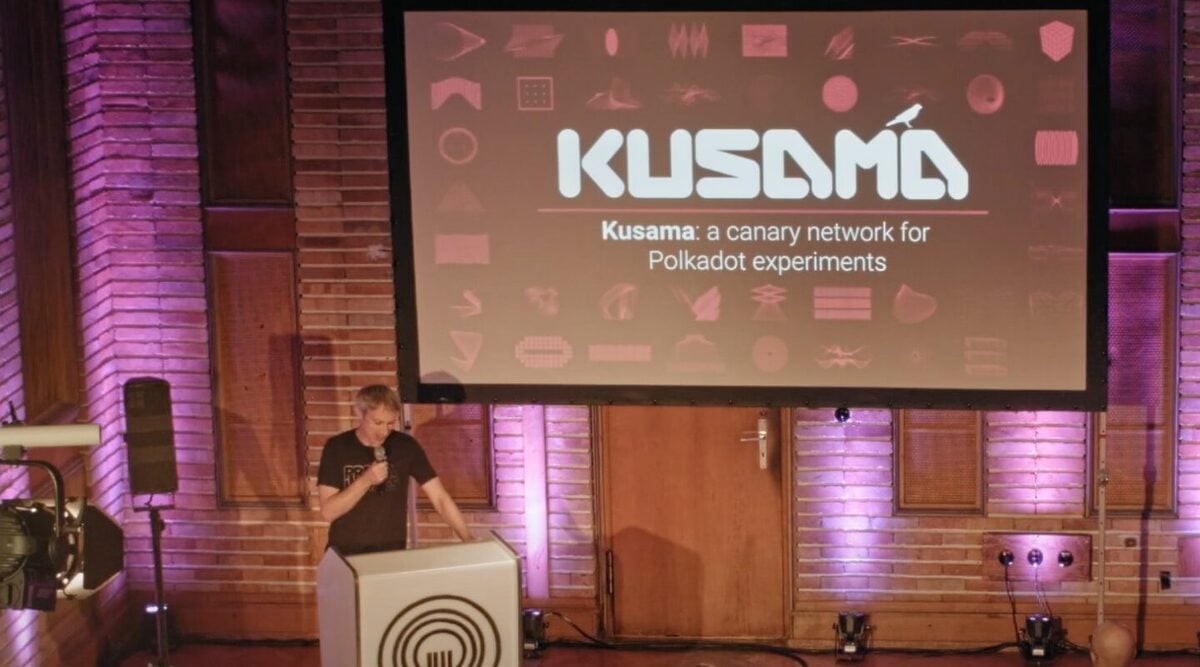Kusama (KSM): The Polkadot Test Network

- What is Kusama and how does it relate to Polkadot?
- Exploring the features and functionalities of Kusama (KSM)
- The role of Kusama as a test network for Polkadot
- Understanding the governance model of Kusama
- The potential impact of Kusama on the blockchain ecosystem
- Comparing Kusama to other test networks in the crypto space
What is Kusama and how does it relate to Polkadot?
Kusama is a canary network for Polkadot, designed to serve as a proving ground for new features and technologies before they are implemented on the main Polkadot network. It allows developers to test their projects in a real-world environment with real economic incentives, helping to identify and fix any potential issues before they are deployed on Polkadot.
As a canary network, Kusama is closely related to Polkadot in terms of its technology and governance structure. Both networks are built on the same codebase and share many of the same features, such as the ability to create custom blockchains (parachains) that can interoperate with each other. However, Kusama is designed to be more experimental and fast-moving than Polkadot, allowing for quicker iteration and innovation.
Overall, Kusama and Polkadot are complementary networks that work together to create a more robust and secure ecosystem for decentralized applications. While Polkadot serves as the “mainnet” for large-scale projects with high security requirements, Kusama provides a platform for smaller projects and experiments that can benefit from a more flexible and dynamic environment.
Exploring the features and functionalities of Kusama (KSM)
Kusama (KSM) offers a wide range of features and functionalities that make it a valuable test network for developers and projects looking to experiment with new ideas and technologies. One of the key features of Kusama is its ability to support a variety of different types of parachains, allowing for greater flexibility and customization in building decentralized applications. Additionally, Kusama’s governance system enables token holders to participate in decision-making processes, making it a truly community-driven network.
Another important aspect of Kusama is its focus on innovation and experimentation. The network is designed to be a sandbox for developers to test new features and upgrades before they are implemented on the Polkadot main network. This allows for faster iteration and development cycles, ultimately leading to a more robust and secure ecosystem.
One of the most exciting functionalities of Kusama is its ability to support on-chain upgrades without requiring a hard fork. This means that developers can easily introduce new features and improvements to the network without disrupting the existing ecosystem. This feature sets Kusama apart from other blockchain networks and makes it an ideal platform for continuous innovation.
The role of Kusama as a test network for Polkadot
Kusama plays a crucial role as a test network for Polkadot, allowing developers to experiment with new features and upgrades before they are implemented on the main Polkadot network. This helps ensure that any potential bugs or issues are identified and resolved before they can impact the stability and security of Polkadot. Kusama also serves as a platform for testing the economic incentives and governance mechanisms that will be used on Polkadot, providing valuable insights into how these systems will function in a real-world environment.
Understanding the governance model of Kusama
The governance model of Kusama plays a crucial role in how decisions are made within the network. Kusama utilizes a decentralized governance system that allows token holders to participate in the decision-making process. This model is designed to ensure that the network remains flexible and responsive to the needs of its users.
One of the key features of Kusama’s governance model is its use of referenda. Token holders can propose referenda on various issues, such as protocol upgrades or changes to network parameters. These proposals are then voted on by the community, with the outcome determined by a simple majority.
In addition to referenda, Kusama also has a council that is responsible for proposing referenda and implementing decisions made by token holders. The council is made up of elected members who serve a set term before new elections are held. This helps to ensure that the network is governed by individuals who have the best interests of the community in mind.
Overall, the governance model of Kusama is designed to be transparent, inclusive, and efficient. By allowing token holders to participate in decision-making processes, Kusama ensures that the network remains decentralized and responsive to the needs of its users.
The potential impact of Kusama on the blockchain ecosystem
The potential impact of Kusama on the blockchain ecosystem is significant. As a test network for Polkadot, Kusama plays a crucial role in testing new features and upgrades before they are implemented on the main Polkadot network. This allows developers to experiment with different ideas and innovations in a real-world environment, helping to ensure the stability and security of the Polkadot network.
Furthermore, Kusama’s unique governance system, which allows token holders to vote on proposed changes and upgrades, gives the community a voice in the evolution of the network. This decentralized approach to governance sets Kusama apart from other blockchain projects and could serve as a model for future blockchain development.
Overall, Kusama’s impact on the blockchain ecosystem is likely to be profound. By providing a platform for experimentation and innovation, as well as a decentralized governance system, Kusama is helping to shape the future of blockchain technology.
Comparing Kusama to other test networks in the crypto space
When comparing Kusama to other test networks in the cryptocurrency space, it stands out for its unique features and functionalities. While there are several test networks available, Kusama offers a distinct environment for developers and projects to test their applications before deploying them on the main Polkadot network.
One key difference between Kusama and other test networks is its focus on real-world conditions and scenarios. Kusama’s “canary network” status means that it operates with real economic incentives, making it a more realistic testing ground for projects. This sets it apart from traditional test networks that may not accurately reflect the challenges and opportunities of the live environment.
Additionally, Kusama’s governance structure allows for faster decision-making and experimentation compared to other test networks. This enables developers to iterate quickly and implement changes based on community feedback. The ability to test governance mechanisms in a live setting is a valuable feature that distinguishes Kusama from its counterparts.
Furthermore, Kusama’s interoperability with Polkadot provides developers with a seamless transition from testing on Kusama to launching their projects on the main network. This interoperability ensures that projects can scale effectively and benefit from the security and scalability of the Polkadot ecosystem.
In conclusion, while there are several test networks in the cryptocurrency space, Kusama offers a unique and valuable testing environment for developers and projects. Its focus on real-world conditions, governance structure, and interoperability with Polkadot set it apart as a leading test network in the industry.



